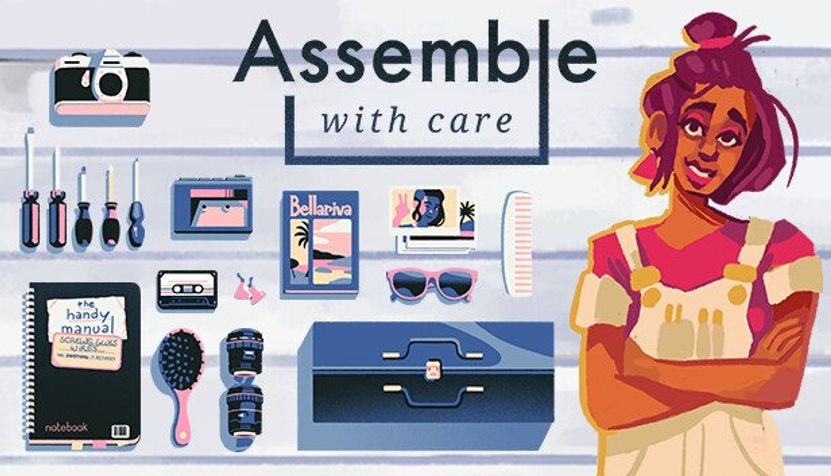Assemble With Care
I continue to get hung up on this idea that I am not and never will be the audience for cozy games. It’s an odd thing, because they seem like something I should like. One of my favourite things to do is just lose myself in a game, and cozy games encourage that. They present a soft, safe vision of the world, and a soft, safe story to envelope in. What I find, though, is that I can’t turn off that part of my brain that asks questions and sees things critically. When I play these games, I see what they’re trying to do, but also, everything else they could be doing, and I’m left with the question of why they haven’t gone this other, better route. It breaks that immersion, and thus, much of the strength of the genre.
Take what I say, then, with a grain of salt. Much like platformers or bullet hells, this isn’t my genre, just for very different reasons.
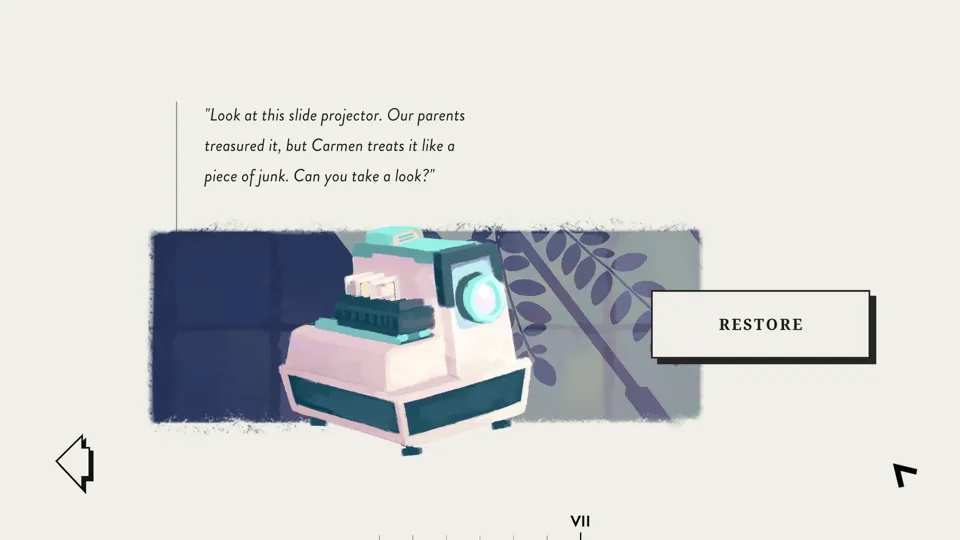 I’ve got bad news about the longevity of the slide projector.
I’ve got bad news about the longevity of the slide projector.
Assemble with Care is a combination visual novel and cozy game. Much of the game’s playtime - roughly two hours - is devoted to its story, with the player clicking through voice-acted panels. The story follows Maria, a travelling repairwoman in the late 80s/early 90s as she fixes items for the people of Bellavia. As she does so, she learns more about their lives and reflects upon her own choices and life path.
And it’s…shallow.
It might be a consequence of the number of visual novels I’ve played at this point, but the story of Assemble with Care feels cozy and wholesome to the point of nothingness. It feels like cotton candy - cute and fuzzy at first, but a very bad material on which to build something of structure. While the story explores potentially difficult topics, such as toxic sibling relationships and death, it does so with such a soft touch that it never presents the opportunity for these stories to feel real. They hold no tension, because the game makes it clear that, by the end, the issues will be resolved, and people as repaired as the items you are handed. A father will remember to treasure his daughter, and a sister will learn to love the other for who she is, and all will be a happy ending. It’s wholesome, yes, but wholesome solely for the sake of being wholesome, not because the resolution to these stories feels earned or justified.
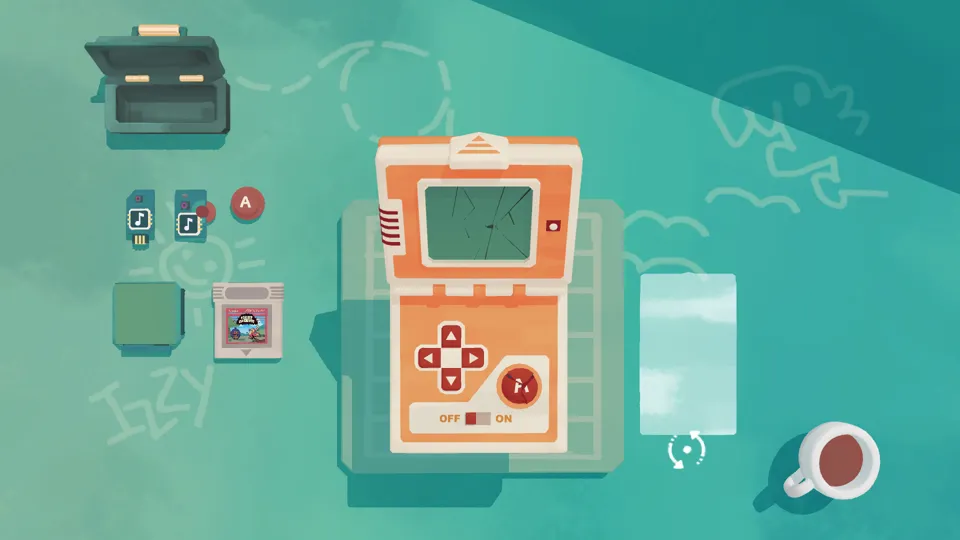 Hey, I think I had one of these!
Hey, I think I had one of these!
This shallowness reflects in many ways in the game’s mechanics. The gameplay elements that aren’t clicking through the story centre on repairing broken items. Many of these are items from the late 80s/early 90s, and so a lack of familiarity with those items can make it difficult to understand what’s expected in terms of repairs. Fixing the gameboy-equivalent, for example, was second nature, but I had not the faintest idea what to do with a slide projector. I’m not that old.
On the one hand, seeing these older items treasured by their owners was deeply sweet. I’m not going to deny the sense of nostalgia as I flipped the gameboy over and saw the opening just waiting expectantly for a cartridge. I was momentarily transported back to long car rides and trying to trigger missingno so I could one-pokemon the elite four. However, nostalgia alone isn’t enough to carry a game, and it wasn’t enough to overcome the frustration of the actual repair mechanics.
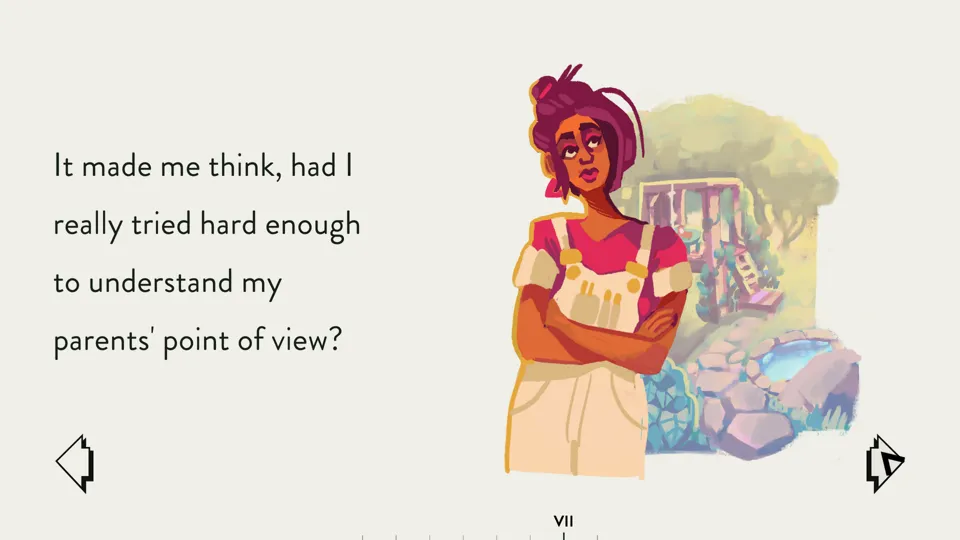 Others’ love does not confer any obligations on me. ‘Nuff said.
Others’ love does not confer any obligations on me. ‘Nuff said.
With every item I was asked to repair, I was presented with the item, my replacement parts, and a couple of tools I might need to do the repair. While the game presents this as a puzzle, it isn’t. There are always exactly enough replacement parts with exactly the right labels to make it clear what needs to be replaced. Giant outlines highlight what part goes where, or what action to perform on which piece, and, if the player gets stuck for long enough, Maria helpfully suggests the next step they ought to take. All told, this makes the process less one of repair, and more one of following an IKEA guide.
Except, even with that guide, the repair process becomes frustrating. The controls are twitchy at best. More times than I care to count, I put a piece down or picked something up when what I wanted was to turn or select something. Multiple times, my idea of how best to fix something didn’t align with what the game wanted, and so I would stare at it, trying to think of the item and its repair, not as how I would do it, but from the perspective of the devs, and how they envisioned the repair process for this item. This became especially frustrating with items I knew nothing about, like the slide projector. Here, the twitchy controls meant I had no idea if I lined mirrors up correctly, or if there was some other problem that I didn’t have the context to understand. The game is so centered on guiding the player that, when the guide leaves the player, there is no real way to get back on track. Repairs become not a cozy act of fixing something broken, but of struggling with controls and puzzling through the creators’ intentions.
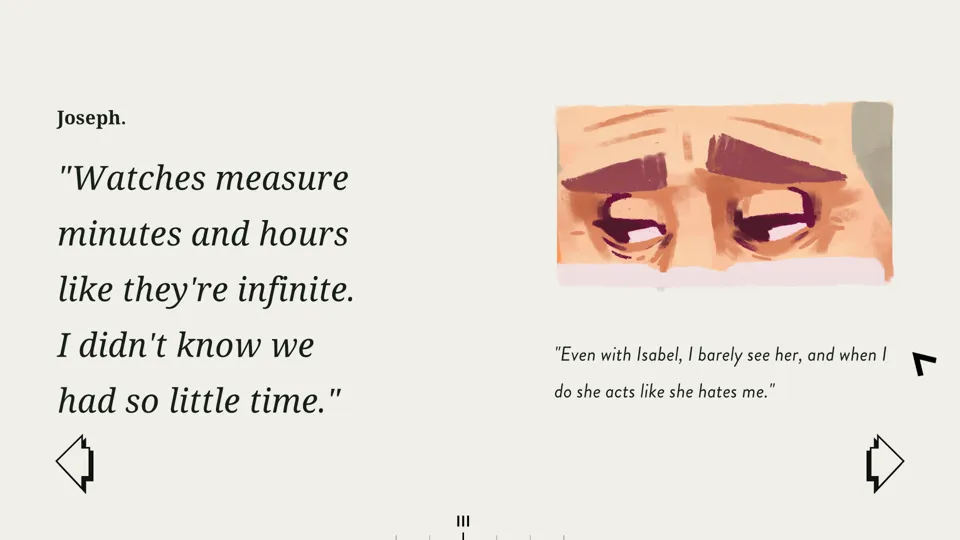 I feel like this game might have a moral, guys.
I feel like this game might have a moral, guys.
This combination of shallow story and frustrating mechanics left me feeling very far from cozy. Instead, I found myself annoyed at the people of Bellavia and wondering how they ever survived before my arrival here. Instead of thinking about the game and its story, I thought about the nature of repair, the analogy the game was making, and how unsuccessful at it it really was.
Assemble with Care isn’t a bad game. It is, however, a shallow one. It’s a poster of a Van Gogh on a dorm room wall, covering up a pizza stain, and peeling at the corners. It wants you to get lost in it, but ultimately, all you’re really thinking about is the decisions that led to it being there in the first place, and the poor job it’s doing at fixing those mistakes.
Developer: Ustwo
Genre: Visual Novel, Indie
Year: 2020
Country: United Kingdom
Language: English
Play Time: 1.5 - 2 Hours
Youtube: https://youtu.be/TXN3ucOSd3A
